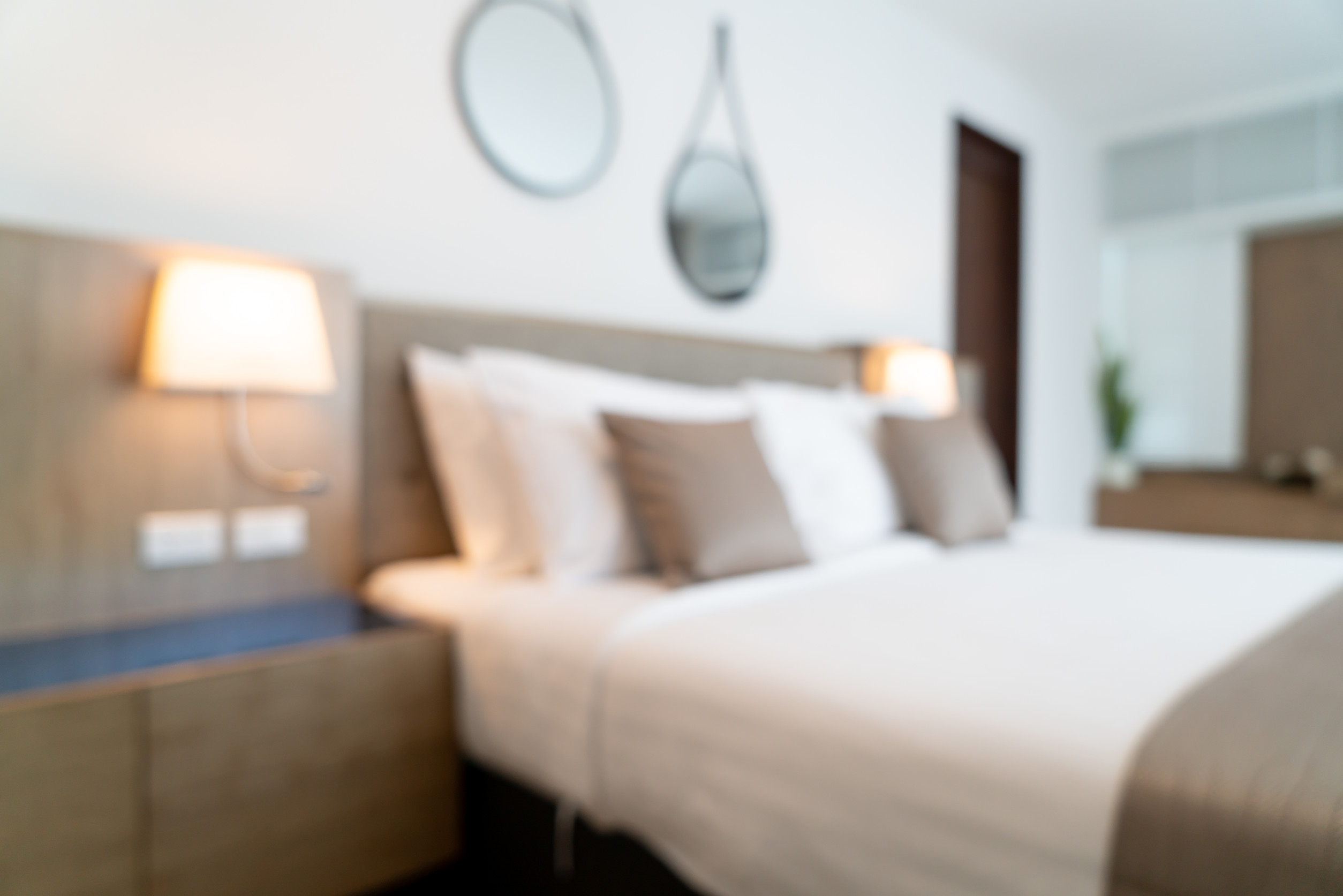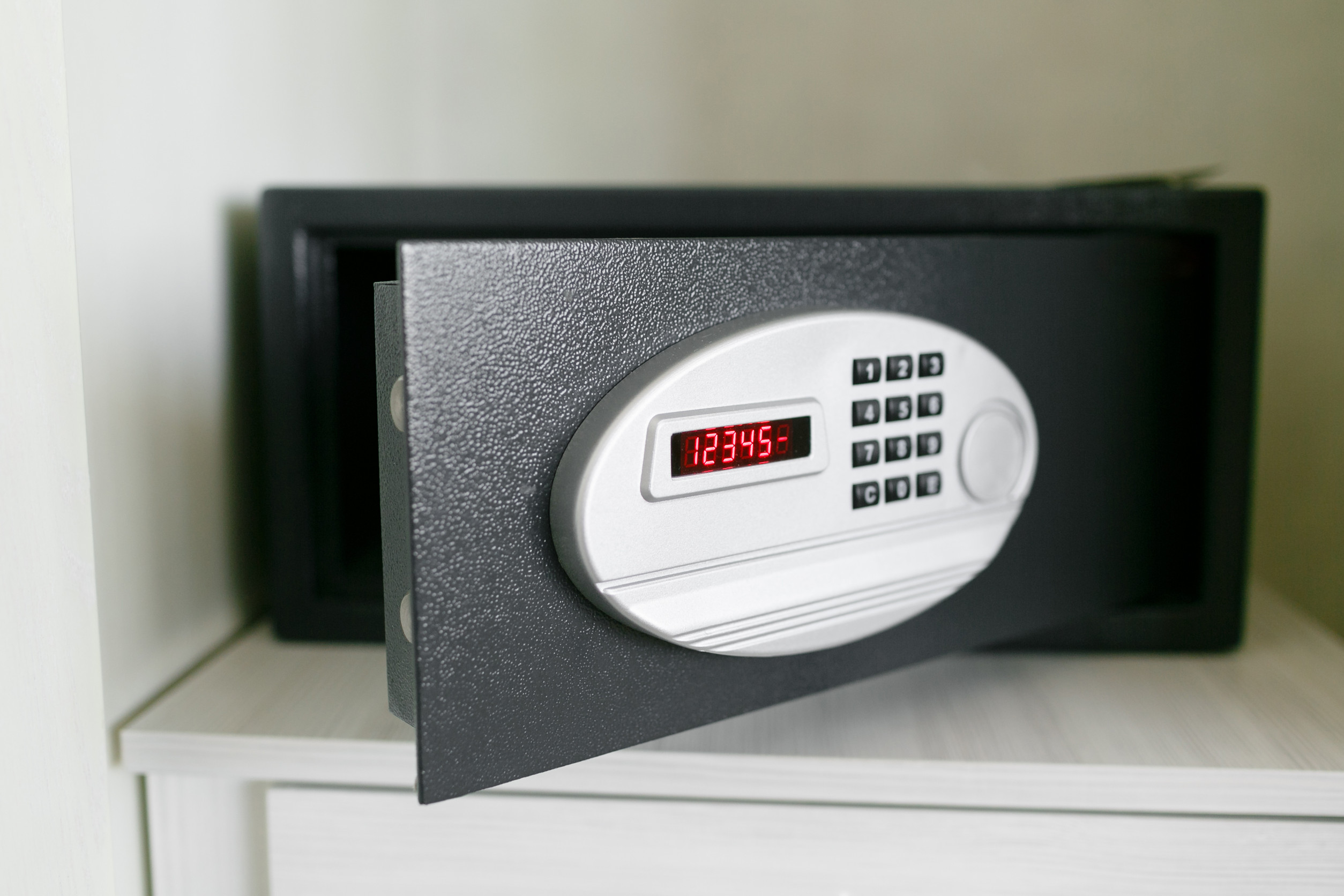
Hotel rooms are designed to be relaxing, convenient, and secure—but not everything that looks helpful is actually safe. Some standard amenities carry hidden risks that most travelers never think twice about. From modern conveniences to old-school comfort touches, these features can expose guests to theft, surveillance, and even personal harm.
Staying safe on the road isn’t just about locking the door; it’s also about knowing what to watch out for inside the room itself. Here’s what travelers need to know about the most overlooked security threats hiding in plain sight.
1. Electronic Key Card Systems
Electronic key cards are supposed to offer security and convenience, but they’re not as foolproof as they seem. Many older systems can be hacked using tools that exploit outdated RFID or magnetic strip technology. Hotels rarely update their locks, which means rooms may be vulnerable to unauthorized access without visible signs of a break-in. Even lost or discarded key cards can be reprogrammed or cloned, giving access to whoever finds them. Without proper encryption and audit logs, these cards offer only the illusion of control.
2. In-Room Safes
In-room safes are meant to secure valuables, but in reality, they often do the opposite. Many hotel safes have default master codes that are never changed, making them easily accessible to anyone who knows the brand’s standard override. Some models can even be opened using simple tools or tricks available on the internet. Since hotel staff typically have emergency access, the notion of exclusive access is misleading. Guests who assume their belongings are secure may be giving themselves a false sense of protection.

3. Wi-Fi Networks
Public and semi-private Wi-Fi networks in hotel rooms are prime hunting grounds for cybercriminals. Without strong encryption or proper network segmentation, guests’ devices are exposed to potential data interception or malware attacks. Fake Wi-Fi hotspots with names similar to the hotel’s network can trick guests into connecting, allowing attackers to steal passwords and sensitive data. Even the legitimate hotel Wi-Fi may log user activity or be vulnerable to man-in-the-middle attacks. Using these networks without precautions can turn a simple email check into a privacy breach.
4. Door Viewers (Peepholes)
Peepholes are supposed to help guests see who’s outside—but they can be reversed to spy into the room. With inexpensive tools or even modified peephole viewers, someone in the hallway can observe what’s happening inside without being noticed. This creates a significant invasion of privacy, especially in rooms located on isolated or quiet floors. While some hotels install peephole covers, many still don’t, leaving guests exposed. Few travelers consider the possibility that a basic security feature could be used for surveillance.
5. Housekeeping Access
Hotel staff entering rooms for cleaning or maintenance may unintentionally compromise guest security. Many housekeeping staff have access to master keys or keycards that open every room, and there’s often little oversight or logging of when or why those keys are used. Personal items left in plain sight may be vulnerable to theft or tampering, especially in properties with high staff turnover or limited training. Some staff have even been caught planting listening devices or inspecting laptops and phones. Trusting a stranger to enter a private space without supervision carries real risk.
6. Smart Room Technology
Modern hotel rooms increasingly feature smart devices—thermostats, lights, TVs, and even voice assistants—that are connected to the internet. These IoT (Internet of Things) devices can be poorly secured and vulnerable to hacking, especially when software is outdated or never patched. Some smart TVs have cameras and microphones that can be remotely accessed or exploited to monitor room activity. Data collected by these systems may also be shared with third parties or stored insecurely. Guests are often unaware of what’s recording, tracking, or logging their actions during their stay.
7. Shared HVAC and Ventilation Systems
Air conditioning and ventilation systems are usually centralized, but they can pose overlooked risks when rooms are connected through shared ductwork. These systems can allow smells, smoke, or even airborne substances to travel between rooms, creating both health and security concerns. In rare but documented cases, criminals have used vents to deliver intoxicants or gain aural access to adjacent rooms. Shared systems also make it harder to identify the source of an issue, whether it’s a safety threat or a maintenance problem. Guests typically have no way to know how interconnected their room is to others.
How To Stay Secure When Staying at a Hotel
Not every hotel feature is as safe as it appears. Many common conveniences carry security flaws that most travelers don’t notice until it’s too late. By understanding the hidden risks tied to key cards, safes, Wi-Fi, and more, guests can take proactive steps to protect their safety and privacy. Security is not about being paranoid—it’s about being informed.
Have you ever noticed any hotel room feature that didn’t feel quite, right? Share your experience or thoughts in the comments below.
Read More
8 Hotel Habits That Could Put You in Danger While You Sleep
Why Family Vacations Create More Resentment Than Memories
The post 7 Hotel Room Features That Are Actually Security Risks appeared first on Everybody Loves Your Money.







